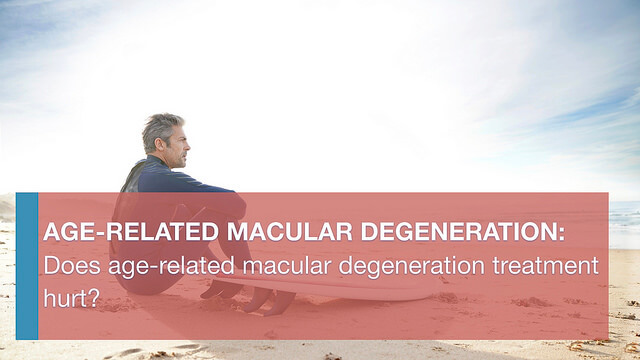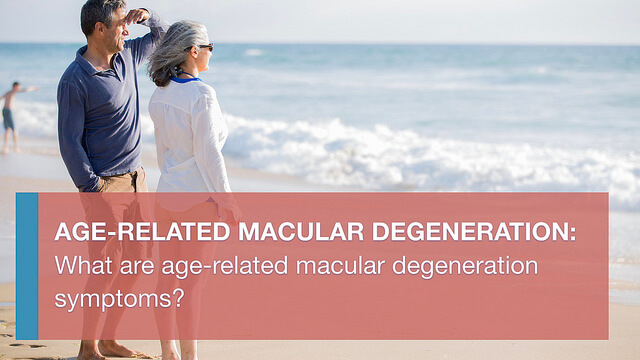
What is near-sightedness?
What is near-sightedness? Your eye behaves like a camera. When light hits your eye, the cornea and the lens bend the light rays to the retina. In your case, your cornea is bending the light rays a bit too sharply, so the rays are coming to a focus in front of the retina rather than on it, and this leads to blurred vision.
We find that near-sightedness is usually first diagnosed in children. When children get older, in their teenage years, the eye gets larger and they tend to get more and more short-sighted. Parents bring their children to the office complaining about their kids not seeing very clearly.
How we treat near-sightedness
Besides blurred vision, patients also have difficulty with seeing at night, and they may have ghosting and sometimes even glare when driving. There are many ways we can treat short-sightedness. The simplest way is to prescribe spectacles which have the effect of moving the light rays onto the retina. There are also contact lenses. There is a whole variety in the area of contact lenses like daily wear disposables, extended wear disposables, and different textures as well. However, some patients need more than that.
We are also able to implant lenses inside the eye. These are called intraocular contact lenses or ICL for short and these lenses we place in-between the iris and your natural lens. The other form of treatment is laser surgery, and there are very many different forms of laser surgery that can correct short-sightedness.
About the author
Leonard Teye-Botchway
Consultant Ophthalmic Physician and Surgeon |MBChB, FRCS(G), MBA, FWACS, FGCS, DCEH (Lond), Postgraduate Diploma in Cataracts and Refractive Surgery
I am Leonard Teye-Botchway and I am the Medical Director and Consultant Ophthalmologist at Bermuda International Institute of Ophthalmology in Bermuda. The joy and elation I get from seeing patients who are very happy they can see after surgery is almost unimaginable. This is what really drives me to carry on being an ophthalmologist.
We have sourced some or all of the content on this page from The American Academy of Ophthalmology, with permission.




